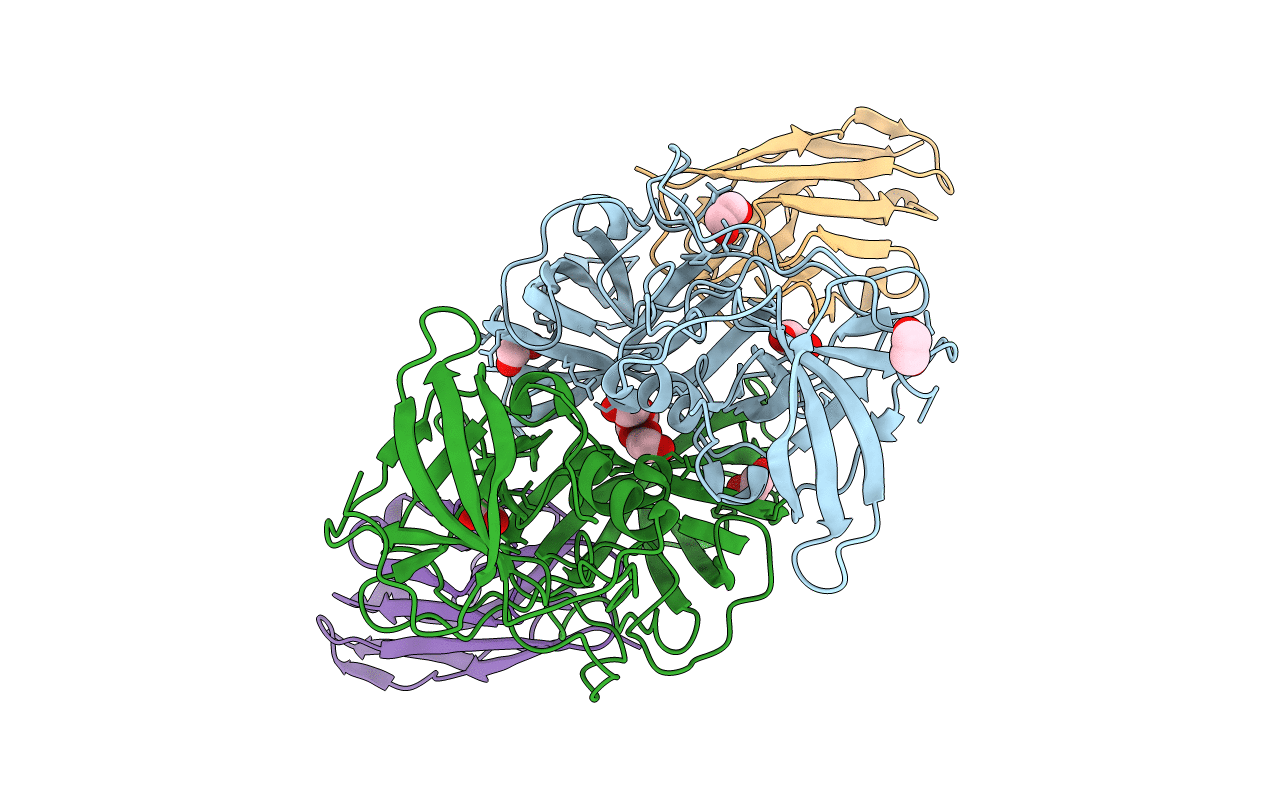
Deposition Date
2020-01-23
Release Date
2020-04-22
Last Version Date
2024-10-16
Entry Detail
PDB ID:
6XW4
Keywords:
Title:
Crystal structure of murine norovirus P domain in complex with Nanobody NB-5867
Biological Source:
Source Organism:
Murine norovirus 1 (Taxon ID: 223997)
Vicugna pacos (Taxon ID: 30538)
Vicugna pacos (Taxon ID: 30538)
Host Organism:
Method Details:
Experimental Method:
Resolution:
2.19 Å
R-Value Free:
0.21
R-Value Work:
0.17
R-Value Observed:
0.17
Space Group:
P 21 21 21


